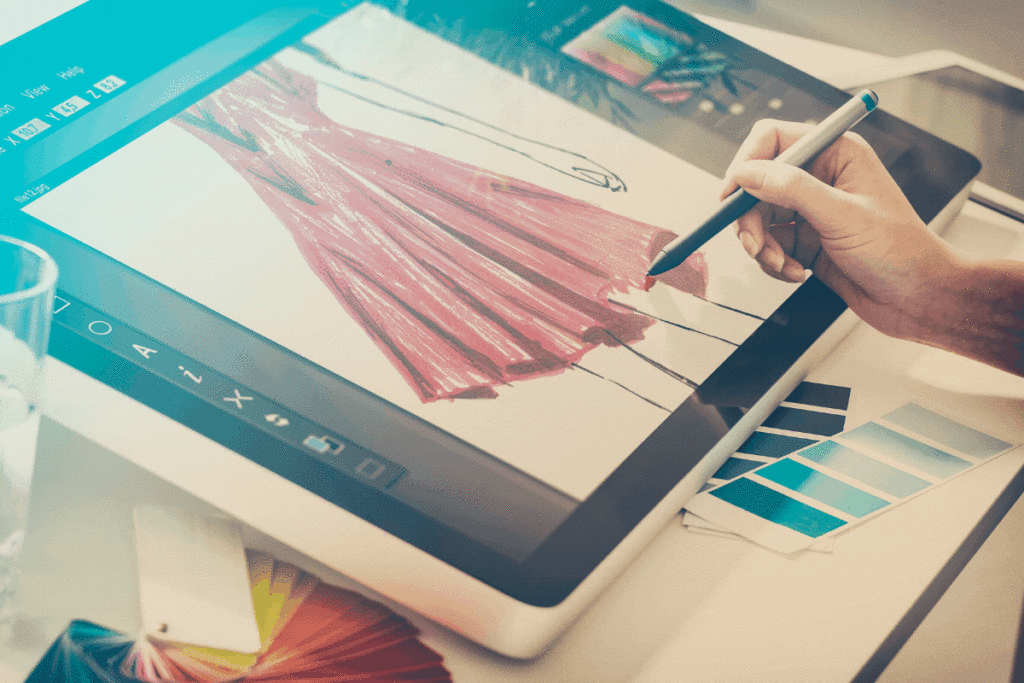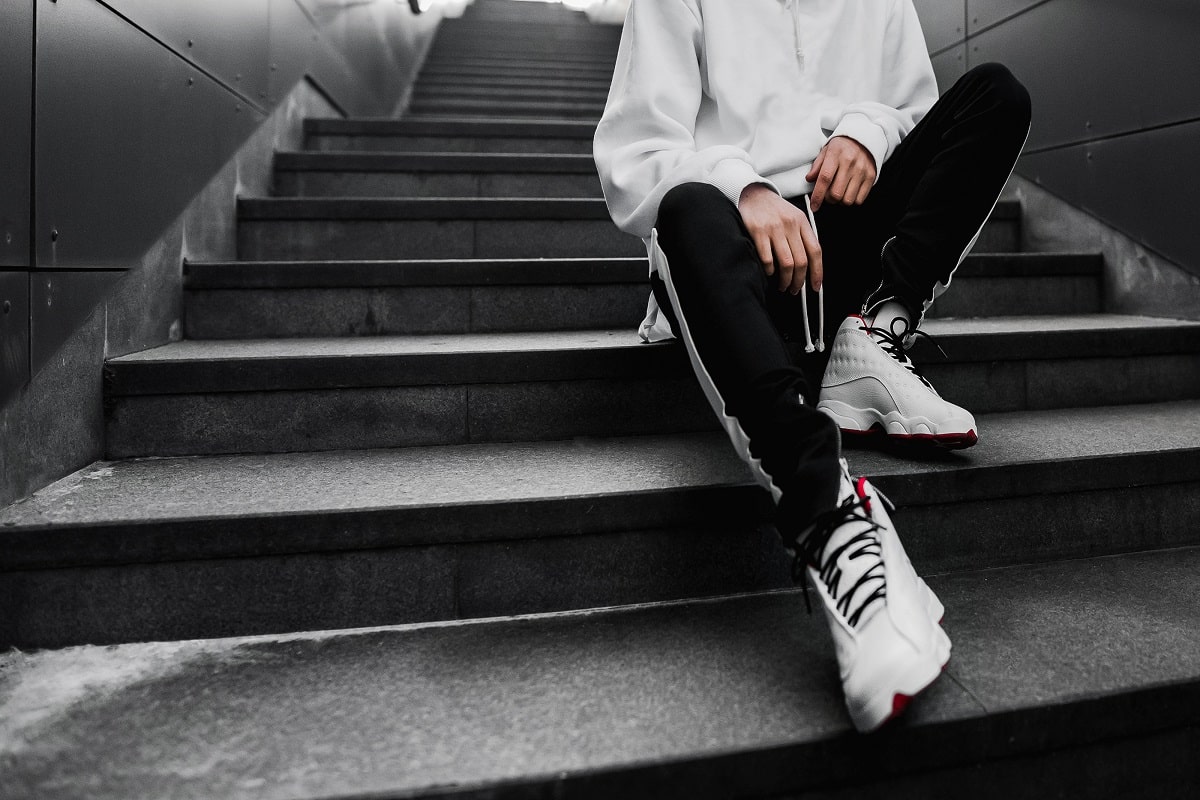In the dynamic world of fashion staying ahead of the curve is essential. As a fashion enthusiast or aspiring stylist, mastering advanced styling techniques can be the key to unlocking your creative potential and standing out in the industry. In this comprehensive guide, we will delve into the intricacies of advanced styling techniques, providing you with valuable insights and tips to take your fashion skills to the next level.
1. Experiment with Layering
Layering is a fundamental technique that can instantly elevate any outfit. By combining different textures, colors, and patterns, you can create visually captivating ensembles that make a statement. Start by layering lightweight fabrics like chiffon or lace under structured pieces to add depth and dimension. Don’t be afraid to mix and match contrasting prints or experiment with unexpected combinations to showcase your unique style.
2. Play with Proportions
Understanding proportions is crucial when it comes to advanced styling. Experimenting with different silhouettes and lengths can create visually striking looks. For instance, pairing a voluminous top with slim-fitting bottoms can create a balanced and fashion-forward outfit. Similarly, contrasting oversized pieces with tailored elements can add a touch of sophistication to your ensemble. Remember, it’s all about finding the right balance and creating visually pleasing proportions.
3. Embrace Color Theory
Color plays a significant role in styling, and understanding color theory can help you create impactful looks. Experiment with complementary colors, which are opposite each other on the color wheel, to create vibrant and eye-catching outfits. Alternatively, opt for analogous colors, which are adjacent to each other, for a harmonious and cohesive look. Don’t shy away from experimenting with bold and unconventional color combinations to make a fashion statement.
4. Pay Attention to Detail
In the realm of advanced styling, attention to detail is what sets you apart from the rest. Pay close attention to accessories, such as belts, scarves, or statement jewelry, to add that extra touch of finesse to your outfits. Additionally, consider incorporating unique elements like embellishments, embroidery, or interesting fabric textures to bring your looks to life. These small but impactful details can make a significant difference in creating a polished and well-thought-out ensemble.
5. Experiment with Textures
Playing with textures can add depth and visual interest to your outfits. Mix fabrics with different tactile qualities, such as silk, leather, velvet, or knitwear, to create a multi-dimensional look. A combination of textures not only adds visual appeal but also enhances the overall look and feel of your ensemble. Don’t be afraid to push boundaries and experiment with unconventional fabric pairings to create unique and captivating outfits.
6. Understand Body Types
Understanding different body types is essential for creating flattering and stylish looks. Each body shape has its own set of strengths and areas that can be accentuated. Whether your client has an hourglass, pear, apple, or rectangular body shape, knowing how to dress them in a way that enhances their best features is crucial. Experiment with different cuts, styles, and proportions to create outfits that flatter and celebrate individual body types.
7. Stay Updated with Fashion Trends
As a fashion stylist, staying informed about the latest trends is vital. Keeping an eye on fashion shows, magazines, and influential fashion bloggers can provide valuable insights into emerging styles and trends. However, it’s important to interpret trends in your own unique way, adapting them to suit your personal style and the needs of your clients. Remember, being a trendsetter is about creating your own fashion narrative rather than blindly following every trend.
8. Develop a Signature Style
While it’s important to stay updated with the latest trends, developing a signature style is what sets you apart as a fashion stylist. Experiment, explore, and embrace your personal aesthetic to create a unique and recognizable style. Your signature style should reflect your personality and resonate with your clients. Strive to create looks that are not only visually appealing but also authentically represent your personal brand as a stylist.
Conclusion
Now that you’ve gained a deeper understanding of advanced styling techniques, it’s time to put your knowledge into practice. Remember, fashion styling is a constantly evolving art form, and mastering advanced techniques is a lifelong journey. Embrace your creativity, stay curious, and continue to refine your skills to become a sought-after fashion stylist in this competitive industry.
Key Takeaways:
- Layering is a fundamental technique that adds depth and dimension to outfits.
- Experimenting with proportions creates visually striking looks.
- Color theory helps in creating impactful and harmonious outfits.
- Attention to detail sets you apart as a stylist.
- Playing with textures adds visual interest to ensembles.
- Understanding different body types is essential for creating flattering looks.
- Staying updated with fashion trends allows you to interpret them in your unique way.
- Developing a signature style reflects your personality and resonates with clients.
To further enhance your fashion styling skills, consider enrolling in the FIT Fashion Styling Foundations online course and certificate program. This comprehensive course offered by Yellowbrick covers essential concepts and techniques, providing you with a solid foundation to excel in the fashion industry. Whether you’re just starting your journey or looking to refine your skills, this course can be a valuable asset in your pursuit of becoming a successful fashion stylist. Invest in your education and unlock your creative potential today.




